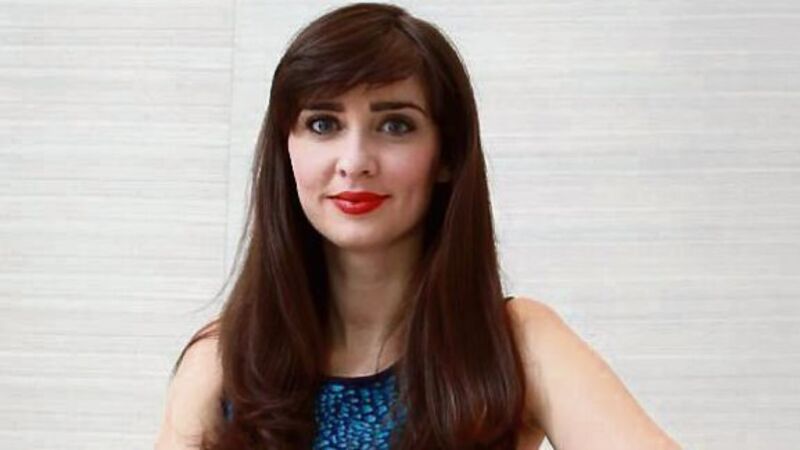When music and science collide at National Concert Hall

‘Music and Science’ is a collaboration between the concert hall and Trinity College Dublin. Through various hands-on, observational experiments, the organisers will demonstrate the relationship between sound, science and mathematics.
“We wanted to explore the intersections between music and other disciplines; whether that be other art forms, or, as in this case, science,” says Nigel Flegg, head of education, community and outreach at the National Concert Hall. “With that in mind, I went to the Science Gallery and, through them, I got in touch with Shane Bergin, a lecturer in physics at Trinity College Dublin. It was fairly obvious, straight away, that there was a good bit of meat, in terms of putting a workshop together for children to explain the synergies between physics and music.
“Shane was already doing quite a lot of work, with his students, on sound and the physics of sound, so what we thought we’d look at was modifying what he does with his undergraduates for a younger audience”.
The result is what Flegg promises will be a “really interesting and entertaining workshop”, which will run for an hour. The presentation will be headed by mathematician, TV presenter and former Rose of Tralee, Aoibhinn Ní Shúilleabháin, and by Bergin, along with ten assistants.
“There’ll be mixed facilitators from different departments,” says Flegg, “and there’ll be hands-on experiments that the children can get involved in. They’ll be able to conduct some of them themselves. We’re looking at about five or six key experiments at different work stations. The main thing is fun.
“It’s aimed at people who have an interest in music and want to know how it works. So, initially, I suspect the interest will be in music. We don’t necessarily expect anyone, particularly at the younger ages, to be explicitly interested in the physics of sound, but this will be an entertaining way of introducing the science of sound to them.”
As well as investigating the role of the ear in sound and (literally) looking at sound waves, the workshops will examine how, and why, different instruments and their component materials make the different sounds they make.
There also promises to be something of an earth-shattering finale.
“You can break glass with sound and we’re going to try and do that,” says Bergin. “It happens due to resonance. Basically, every material has what’s called a natural frequency and it’ll vibrate at that frequency. So, if you take an instrument and adjust the frequency to the natural frequency of the glass, it will cause a transfer of energy, so it breaks.
“So there’s been examples of bridges falling down, because the wind howling through a valley that the bridge was crossing was at the same frequency as the bridge’s natural frequency and the bridge absorbed the energy and collapsed. So, it’s nothing to do with volume — it’s frequency, it only works at that magic note, and, on the day, we’re going to find the magic note and break the glass. I’ve never heard of a singer actually making the note required, but we can produce it using electronic equipment.”
‘Science and Music’ takes place on Saturday. See www.nch.ie
DISCOVER MORE CONTENT LIKE THIS











